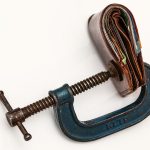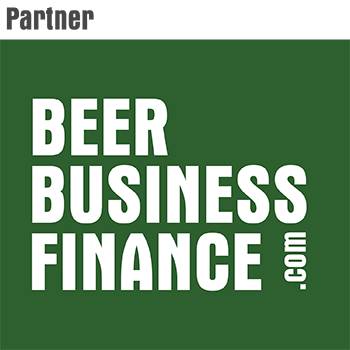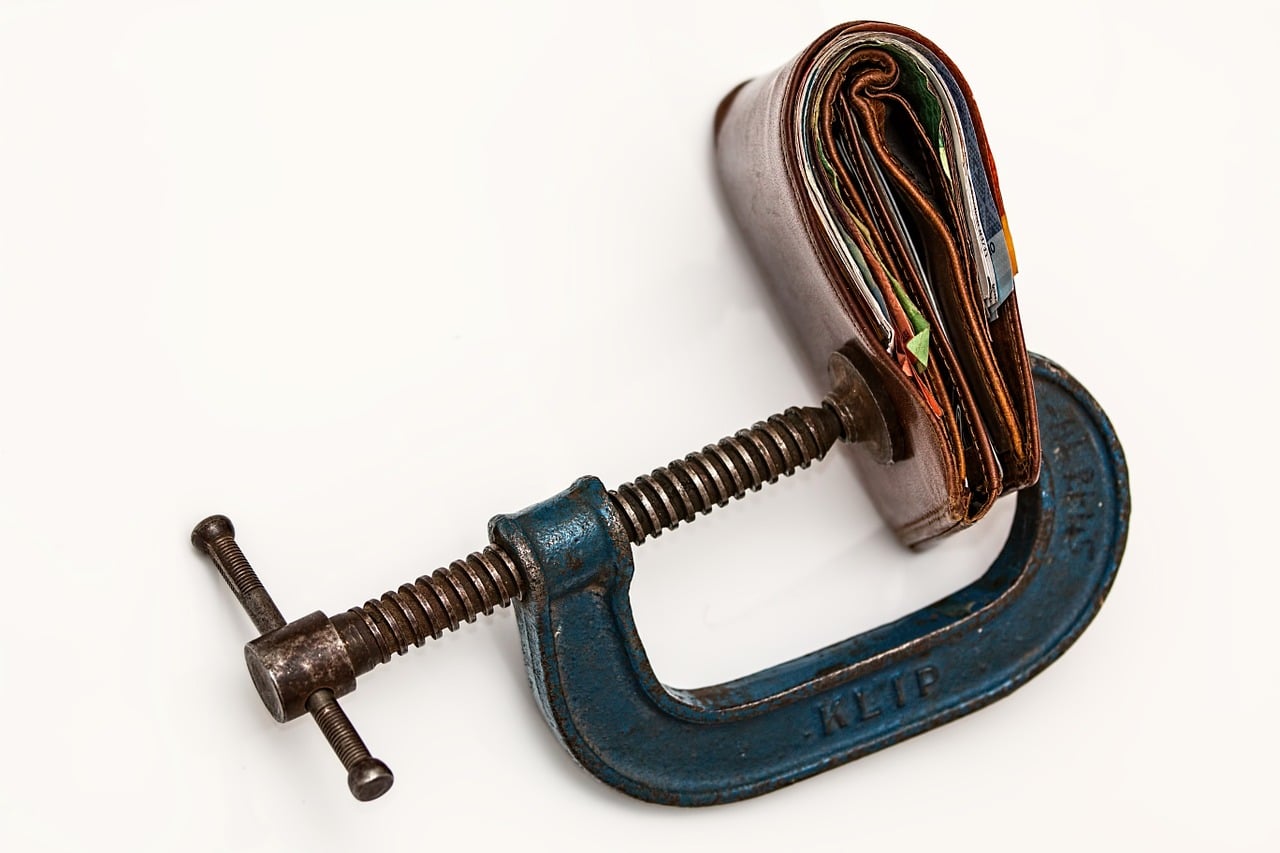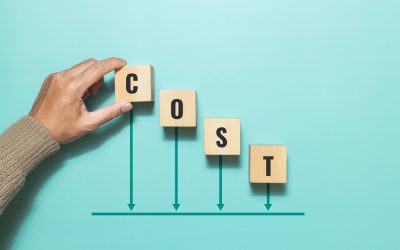 “A budget tells us what we cannot afford, but it doesn’t keep us from buying it.” William Feather
“A budget tells us what we cannot afford, but it doesn’t keep us from buying it.” William Feather
Do you need to create an operating budget for your brewery? Of course you do. Let’s start with a budget pep talk.
I have created hundreds of budgets over my career and I still get anxious when starting a new plan. It’s a big job, and there is a lot of work involved. Further, there is a lot of pressure to get the budget right. People are counting on the numbers to be accurate in order to make good business decisions that impact the brewery.
There’s a lot at stake when building a budget.
A budget can feel like an overwhelming task. So many numbers. So many unknowns. So many changes that come up unexpectedly and turn the whole business upside down. How can you be expected to predict everything that will happen accurately and get it all down on paper?
Short answer: You can’t.
A famous guy once said that plans were useless but planning was indispensable. This holds true for operating budgets. Although I believe a good plan is achievable, too.
The process of planning – talking with your team and dreaming about the future of your brewery – are the fun parts of budgeting. That’s why I recommend writing out the plan in words first. Don’t worry about the numbers in the beginning. Just write down your goals, objectives and strategy in words. The numbers will come easy after that.
Take a deep breath and read on. I believe in you and I believe you can do this. A beautiful operating budget for your brewery is within reach.
Painless Budget Basics
The good news is that once you create budget, you’ll have a template to use the next time around. This saves time and aggravation.
The operating budget involves five major pieces: the sales forecast, gross profit plan, operating expense plan, capital budget and debt schedule.
You can have more pieces if you like, but these are the major building blocks. These pieces can be as simple or as complicated as you like. In most cases, I vote for simple.
Below, we’ll dig into each of the budget building blocks and give you some tips to get started. Use these ideas in connection with the budget templates and you’ll be well on your way to creating a (painless) operating budget for your brewery.
Sales Forecast
The sales forecast is simply a projection of how much beer you will sell. It should show the sales by customer, by brand and by month.
If you sell through distributors, start by making a schedule of who you currently sell to (and who you plan to sell to). Include the historical sales for the past 12months, and the year over year growth for each distributor.
If you plan to open new markets with new distributors, that should be included in the schedule. If you have self-distribution sales and tap room sales, include the figures for these as well.
The Sales Forecast template provides a starting point for this exercise.
With a sales forecast, the trend is your friend. If growth this year was 20% but you project 100% next year, make sure you know where it will be sold.
Ask questions. Challenge assumptions. Build an achievable plan.
Gross Profit Plan
Let’s begin with some simple math:
- Sales minus the cost of sales = gross profit
- Gross profit divided by sales = gross profit percentage
Where possible, use an expected gross profit % to create your GP plan. This will make budgeting a lot easier.
For example, if the historical trend for gross profit in your brewery is 45%, use this as an expectation for your new budget.
Generally speaking, the longer the history and the more consistent the gross profit percentage, the more confidence you can have in the accuracy of the number.
In other words, if gross profit has ranged between 45% and 48% each month for the last year or two, you can feel pretty good that this trend will continue.
There are always exceptions, of course. If you’re planning major additions of equipment, building improvements or personnel the gross profit can change in a hurry.
Look at the cost components of your beer – labor, materials and overhead. Look to your budget in words for reminders on goals, plans and strategy for next year. If no major changes, use the trend.
Operating Expense Plan
Every expense number of significance should have a supporting schedule: payroll, lease payments, travel budgets, etc. A supporting schedule is a fancy way of saying – make a list that adds up to that one number on the operating expense plan.
To build up the expense plan and make sure everything is accounted for, I find it very helpful to comb through the detailed transactions in the general ledger.
The general ledger lists out all the transactions that hit the financial statements. It’s basically like a check register that shows where money was spent and a description of what was purchased.
Where did we spend money? Will that happen again? Will we spend more or less? What new plans do we have next year? What will it cost?
Chances are, if you bought something this year, you’ll buy it again next year. Use the general ledger to jog your memory on expense items that are likely to repeat. Use the historical amounts as a baseline for budgeting expenses next year.
Again, use the budget that you created in words: Brainstorm and estimate spending needs based on those goals and dreams. If you don’t account for it in the operating expense plan, it’s tough to make the dreams come true.
Capital Budget
The capital budget is the place for big purchases. Big ticket items go here: that new canning line, keg washer and delivery van.
Anything that costs more than a set amount, say $1,000, and will last longer than a year should be on the capital budget.
The difference between a Capital Expense and an Operating Expense is that capital items need to be written off over a certain period of time. If you buy a box of copy paper for $50 it’s an expense on the current income statement. If you buy a $15,000 fork lift, that’s a capital expense that will be depreciated over the next five years.
Make your wish list. Determine what the items will cost and when you expect to buy them. This will help with cash needs planning.
Lastly, match up the expected spending to the expected funding. It’s kind of important to figure out how you’re going to pay for that new canning line, keg washer and delivery van. List any new loans or new capital you will need to make the Capital Budget a reality.
Debt Service
Debt Service is the amount you pay each month on your loans. This is like customer service, expect with debt. The customer is always right, and so is the bank.
Create a schedule of all your debt and the payments due on each. List the bank, type of loan, term of the debt and of course the payment amounts.
Remember, only interest expense shows up on your income statement. The principal portion of your payment needs to be figured into your cash plan. The Debt Service schedule will serve as a reminder of how much is due and when.
Wrap Up + Action Items
Here’s the bottom line: any budget is better than no budget at all. Begin the budget process by writing out your plan in words and create a budget story. The main characters in the story are: the sales forecast, gross profit plan, operating expense plan, capital budget and debt service.
Take your budget story and translate it into numbers. Use the budget templates as a jumping off point.
I believe in you and I believe you can do this. A beautiful budget for your brewery is within your reach. Now, crack open a beer and build a budget that will make me proud.





